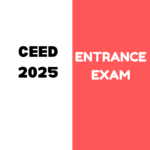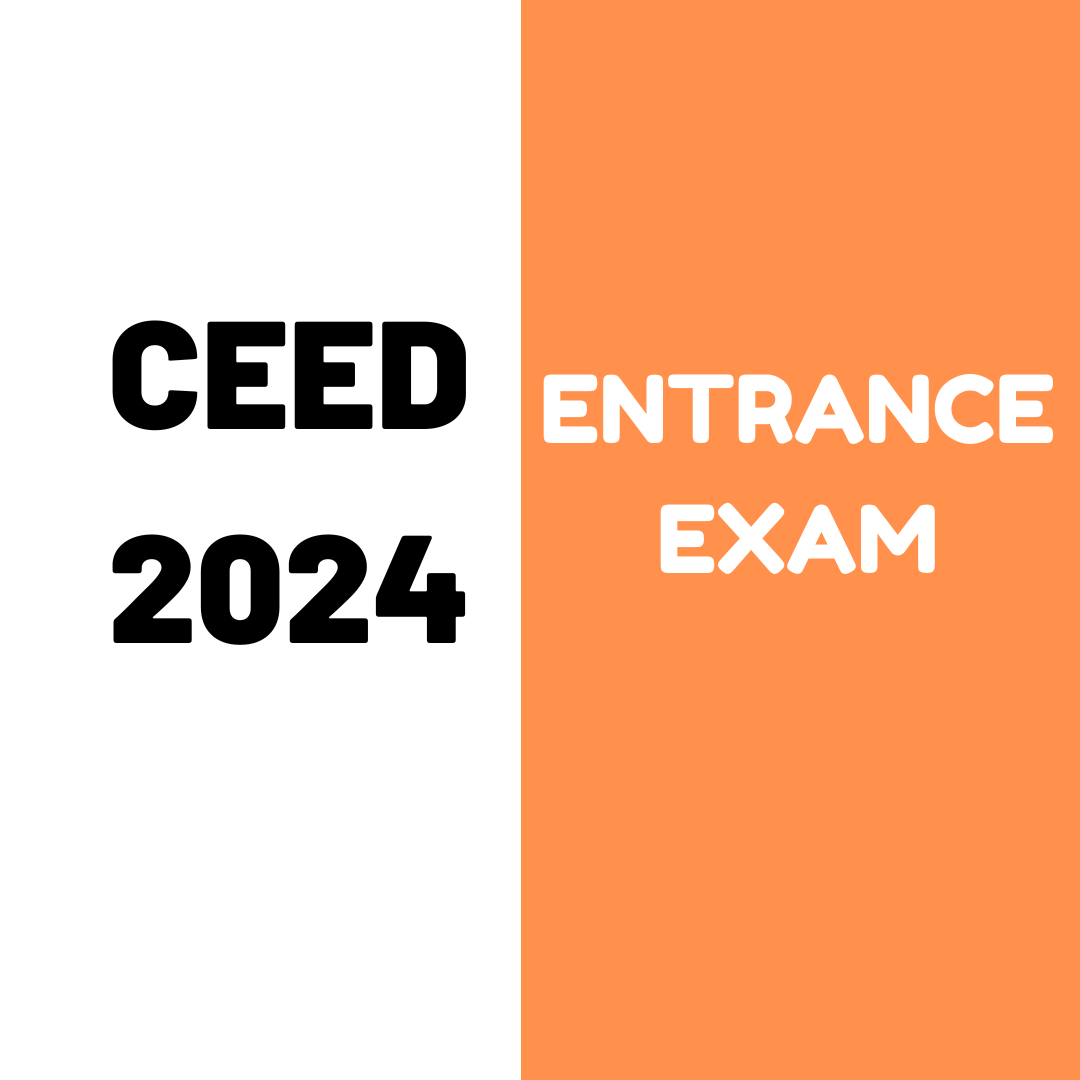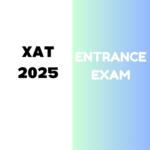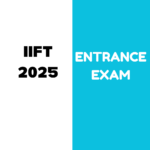Introduction: CEED 2025 Syllabus is now have revised syllabus as per the new Syllabus released by the IIT Bombay. This new syllabus will be effective from the year 2025 as far as CEED 2025 is considered the syllabus will remain same. The CEED 2025 entrance exam is organized by IIT Bombay which will be conducted online CBT mode. CEED aspirants should carefully read this article to get a clear understanding about the entrance exam for the design courses.
About IIT Bombay
The Indian Institute of Technology Bombay (IIT Bombay) is a public research university and technical institute in Powai, Mumbai, Maharashtra, India.
IIT Bombay was founded in 1958. In 1961, the Parliament decreed IITs as Institutes of National Importance. A committee formed by the Government of India recommended the establishment of four higher institutes of technology to set the direction for the development of technical education in the country in 1946. Planning began in 1957 and the first batch of 100 students was admitted in 1958. Since its establishment in Powai, the institute has physically expanded to include more than 584 major buildings with a combined area of more than 2.2 square kilometers.
CEED 2025 Syllabus
To be noted by all candidates, according to the official site of IIT Bombay, appearing candidates will be tested for creative, open and inquisitive disposition and ability to think critically, understanding of worldview and capacity to grasp and communicate. The exams will have two parts Part ‘A’ and Part ‘B’.
Brief Overview of CEED 2025 Syllabus and Entrance Exam
| Particulars | Details |
| Name of the Exam | Common Entrance Exam for Design |
| Commonly Known As | CEED |
| Conducting Body | Indian Institute of Technology (IIT), Bombay |
| Official website | ceed.iitb.ac.in |
| Mode of Application | Online |
| Mode of Exam | · Part A – Online |
| · Part B – Offline | |
| Level of the Exam | National |
| Exam Category | Postgraduate |
| Exam Duration | 3 hours |
CEED 2025 Syllabus
Part-A will have questions from the following topics:
- Visualization and Spatial Reasoning: Skills to visualize and manipulate 2D shapes and 3D objects, understanding their spatial relationships.
- Practical and Scientific Knowledge: Familiarity with scientific principles and common objects.
- Observation and Design Sensitivity: Ability to identify hidden characteristics in everyday life and think critically. Includes attention to detail, classification, analysis, inference, and prediction.
- Environment and Society: Awareness of environmental, social, and cultural aspects related to design.
- Analytical and Logical Reasoning: Skills to analyze both qualitative and quantitative data.
- Language: Proficiency in understanding and reading Standard English.
- Creativity: Understanding of verbal and non-verbal analogies, metaphors, signs, and symbols.
- Art and Design Knowledge: Awareness of art/artifact/product, artists/designers, art/design history, and trends.
- Design Methods and Practices: Knowledge of media, materials, production processes, and ergonomics.
Part-B will have questions from the following topics:
- Drawing: The test measures the ability to create proportionate and quality drawings of objects, people, or scenes, focusing on composition, perspective, and shading.
- Design Aptitude: This assesses the ability to respond to problems or situations practically and appropriately, demonstrating ingenuity and empathy.
- Creativity: This evaluates the ability to think creatively, generating unique and varied solutions.
- Communication: This tests the ability to convey ideas and concepts using both text and visuals.
- Problem Identification: This measures the ability to understand the user and the context, the properties of materials, and their appropriate use in design.
- Note:The topics given above are comprehensive and pinpointing of the nature of the questions. However, the CEED may not cover all the topics.
CEED Exam pattern 2025
The CEED Exam pattern stands as a crucial roadmap for hopefuls gearing up for the Common Entrance Exam for Design. This pivotal examination unfolds in two distinctive segments: Part A and Part B, each offering a unique challenge. Part A, a computer-based exploration, delves into numerical answer types (NAT), multiple-choice questions (MCQ), and the intricate realm of multiple-select questions (MSQ). Meanwhile, Part B, a traditional pen-and-paper expedition, immerses candidates in the evaluative terrain of drawing and designing prowess.
CEED Exam Pattern 2025
| Section | Types of Questions | Maximum Marks |
| Part A | NAT – 8 | 24 |
| MSQ – 10 | 30 | |
| MCQ – 23 | 46 | |
| Part B | Sketching | 20 |
| Creativity | 20 | |
| Form Sensitivity | 20 | |
| Visual Sensitivity | 20 | |
| Problem Identification | 20 |
Official Links Below:
Sharing is appreciated






